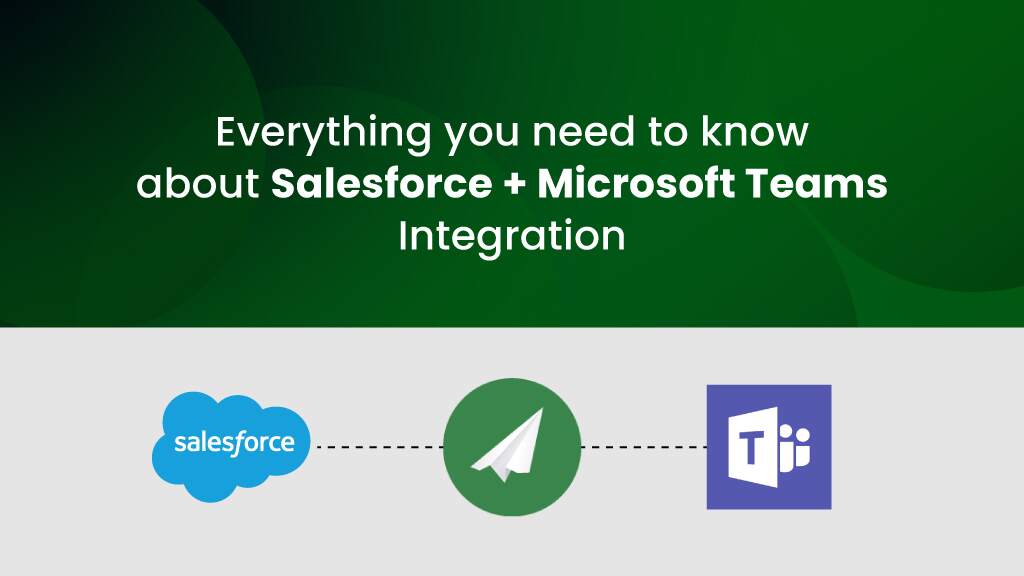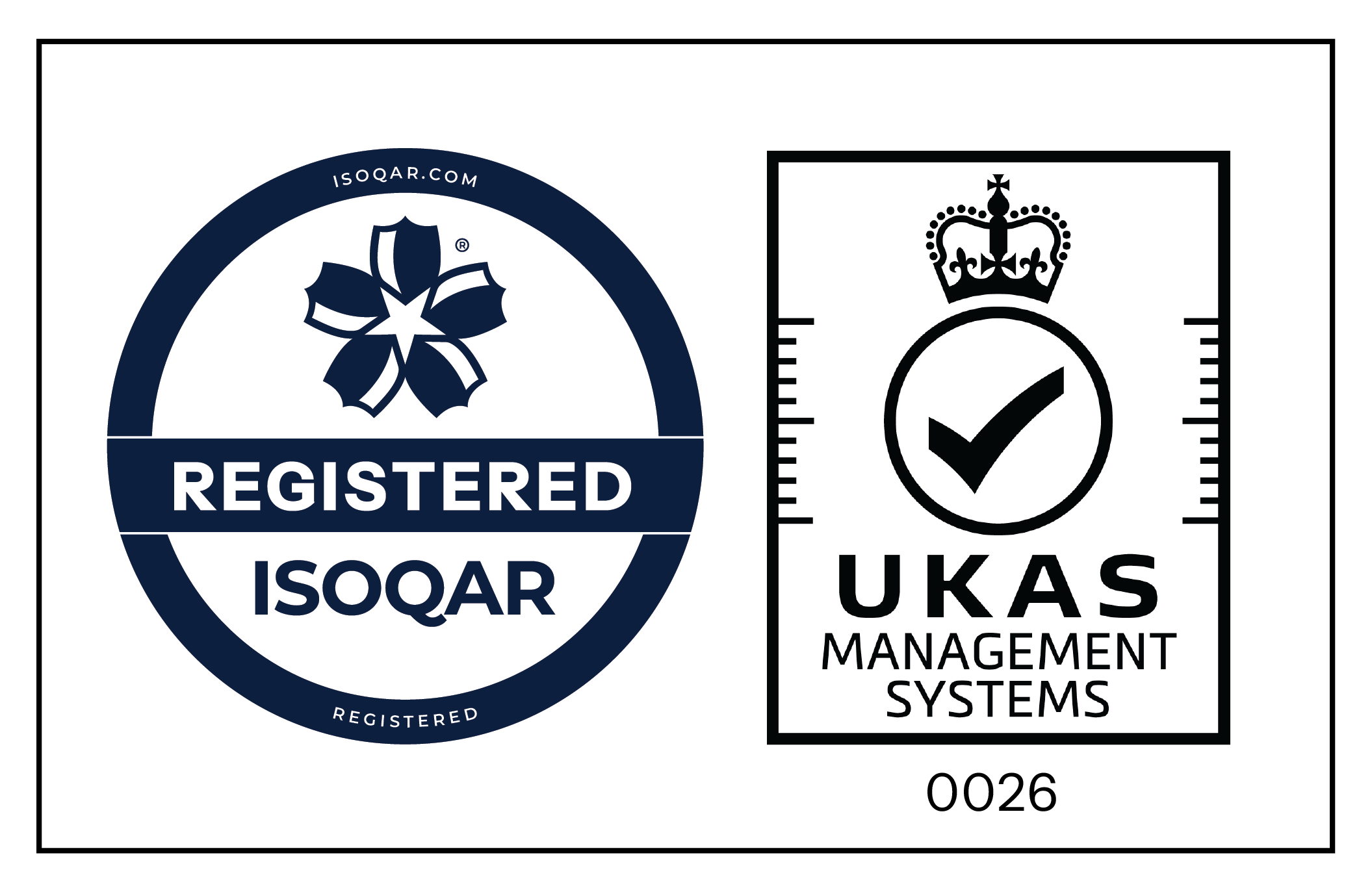Introduction to Salesforce Teams Integration
In today’s digital age, seamless collaboration and efficient communication are the cornerstones of success for modern businesses. The integration of Salesforce, a leading CRM platform, with Microsoft Teams, a robust collaboration tool, presents a transformative opportunity to enhance teamwork, productivity, and customer engagement. In this blog, we’ll explore the intricacies of integrating Salesforce with Microsoft Teams, uncovering the benefits, challenges, and practical insights behind this powerful alliance.
Understanding Salesforce and Microsoft Teams
Salesforce and Microsoft Teams are two powerhouse platforms that revolutionize collaboration and productivity in modern workplaces. Salesforce is a leading CRM platform that enables organizations to manage customer relationships, sales processes, and marketing campaigns efficiently. On the other hand, Microsoft Teams is a comprehensive collaboration tool that facilitates team communication, file sharing, and project management. Integrating Salesforce with Microsoft Teams brings together the best of both worlds, allowing teams to seamlessly access Salesforce data and functionalities within the familiar Microsoft Teams interface. This integration enhances collaboration, streamlines workflows, and empowers teams to work more efficiently towards common goals.
Why go about Salesforce Microsoft Teams integration?
Before delving into the technical aspects of integration, it’s crucial to understand the underlying need for connecting Salesforce with Microsoft Teams. As organizations strive to streamline their operations and foster better collaboration among teams, disparate systems, and communication silos often pose significant challenges. By integrating Salesforce with Microsoft Teams, businesses can bridge the gap between customer relationship management and team collaboration, creating a unified platform for seamless communication, data sharing, and decision-making.
Benefits of Microsoft Teams Salesforce Integration
The benefits of Teams Salesforce integration are multifaceted and extend beyond improving internal collaboration. Here are some key advantages:
- Enhanced Communication:
Integrating Salesforce with Microsoft Teams enables real-time communication and collaboration among sales, marketing, and support teams. Users can initiate chats, share files, and collaborate on projects directly within the Salesforce interface or Microsoft Teams application. - Unified Data Access:
With Salesforce Teams integration, users gain access to relevant Salesforce data, such as customer records, opportunities, and leads, directly within the Teams environment. This ensures that teams have the information they need to make informed decisions and deliver personalized customer experiences. - Seamless Workflow Management:
By integrating Salesforce workflows with Microsoft Teams channels, organizations can automate routine tasks, notifications, and approvals, streamlining business processes and improving operational efficiency. - Improved Customer Engagement:
Salesforce Teams integration empowers teams to provide prompt and personalized responses to customer inquiries, leading to enhanced customer satisfaction and loyalty. Sales reps can collaborate with support agents in real time to address customer needs and resolve issues effectively. - Enhanced Productivity:
The seamless Team’s integration with Salesforce reduces context switching and improves productivity by providing a unified platform for communication, collaboration, and data access. Teams can stay focused on their tasks without having to switch between multiple applications.
Features and Functionalities
The integration of Salesforce and Microsoft Teams offers a range of features and functionalities designed to enhance collaboration and productivity:
- Chat Integration: Users can initiate chats, share files, and collaborate on projects directly within Salesforce or Microsoft Teams, ensuring seamless communication and collaboration.
- Channel Integration: Salesforce data can be displayed within Microsoft Teams channels, allowing teams to access relevant information and updates without leaving the Teams environment.
- Notification Integration: Users can receive real-time notifications and alerts from Salesforce directly within Microsoft Teams, keeping them informed about important events and updates.
- Task Integration: Salesforce tasks and activities can be synchronized with Microsoft Teams, enabling teams to manage their tasks and deadlines more effectively.
- Video Conferencing Integration: Integration with Microsoft Teams’ video conferencing capabilities allows teams to conduct virtual meetings and presentations directly within the Salesforce interface.
Real-World Use Cases
Real-world use cases of Salesforce Teams integration demonstrate how organizations leverage this powerful alliance to drive collaboration, productivity, and customer engagement:
- Sales Collaboration:
Sales teams collaborate in real-time within Microsoft Teams channels, discussing opportunities, sharing customer insights, and coordinating sales activities directly from Salesforce. - Marketing Campaign Management:
Marketing teams use Microsoft Teams to collaborate on campaign planning, content creation, and lead generation initiatives, with seamless access to Salesforce data and insights. - Customer Support and Service:
Support teams leverage Microsoft Teams to provide timely assistance to customers, with access to relevant Salesforce case information and knowledge base articles. - Project Management:
Project teams use Microsoft Teams to manage project tasks, milestones, and deadlines, with integration into Salesforce workflows for automated task assignments and updates. - Executive Reporting:
Executives and decision-makers receive real-time insights and reports from Salesforce directly within Microsoft Teams, enabling data-driven decision-making and strategic planning.
Getting Started with Teams integration with Salesforce
Embarking on the journey of integrating Salesforce with Microsoft Teams is a strategic decision that requires careful planning and execution. Here are some steps to get started:
- Assess Your Requirements: Identify your organization’s collaboration needs, business objectives, and key use cases for integrating Salesforce with Microsoft Teams.
- Choose the Right Integration Solution: Evaluate available integration solutions and choose the one that best meets your requirements in terms of features, scalability, and ease of implementation.
- Plan Your Integration Strategy: Develop a comprehensive integration strategy outlining the integration scope, timeline, resources, and success criteria.
- Configure and Customize: Configure the integration solution to align with your organization’s Salesforce configuration and customize it to meet your specific requirements.
- Train Your Teams: Provide training and support to your teams to ensure they are familiar with the integrated platform and equipped to leverage its capabilities effectively.
- Monitor and Optimize: Continuously monitor the performance of your Salesforce and Microsoft Teams integration, gather feedback from users and make necessary adjustments to optimize the integration for maximum value.
Wrap-Up with 200 OK
By embracing the integration of Salesforce with Microsoft Teams, organizations can unlock new levels of collaboration, productivity, and customer engagement, driving business success in today’s digital landscape. Whether it’s sales, marketing, support, or project management, the seamless synergy between Salesforce and Microsoft Teams offers endless possibilities for innovation and growth.
FAQs
Salesforce-Teams integration involves connecting Salesforce, a leading customer relationship management (CRM) platform, with Microsoft Teams, a major collaboration and communication tool. This integration allows users to access Salesforce records, share data, and collaborate directly from within the Microsoft Teams environment, enhancing productivity and streamlining communication.
Integrating Salesforce with Microsoft Teams provides several benefits, including improved collaboration across teams, enhanced visibility of CRM data, and the ability to discuss and manage customer information in real-time without leaving the Teams interface. This integration ensures that team members stay informed and can react quickly to customer needs, directly impacting customer service and sales efficiency.
You can use Microsoft Teams against various Salesforce Sales Cloud objects including Leads, Opportunities, Accounts, Contacts, and Cases.
Key features typically include the ability to view and update Salesforce records from within Teams, automated alerts for Salesforce events within Teams channels, and collaborative tools that allow team members to discuss specific Salesforce records in context. Users can also leverage custom bots within Teams to interact with Salesforce data, improving response times and decision-making processes.







